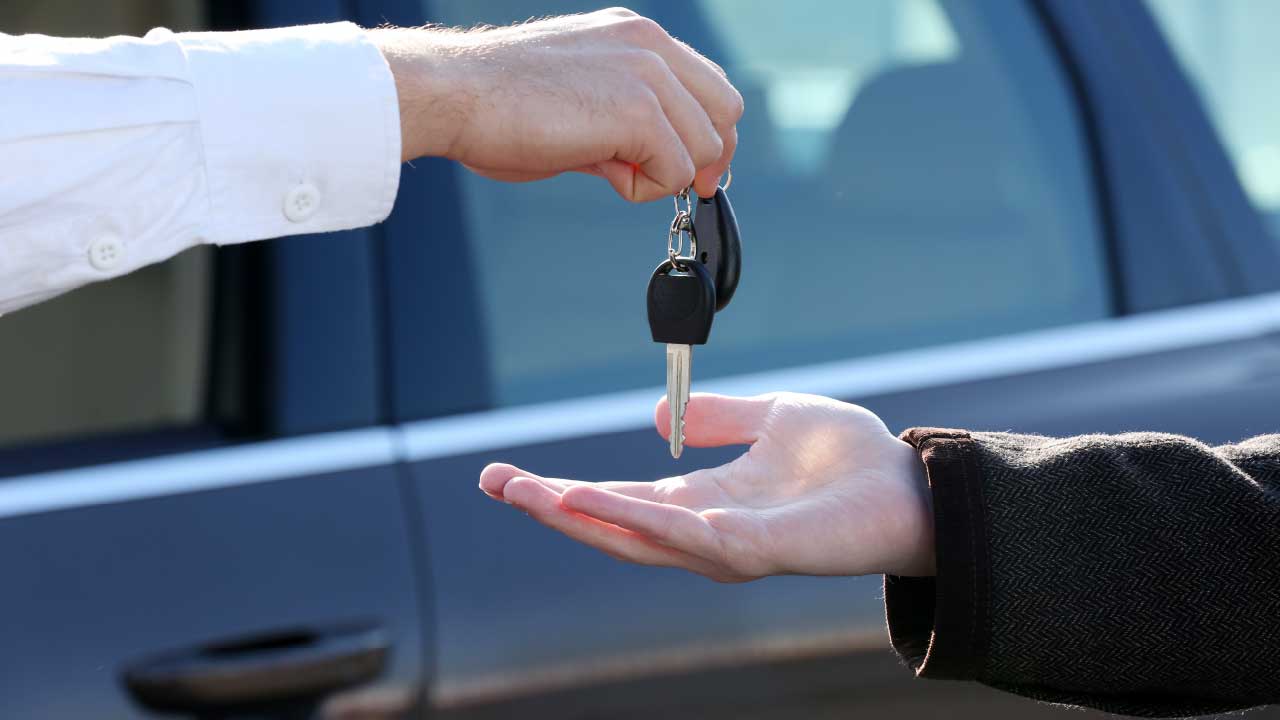The benefits of contract hire
Contract Hire is a very popular way of funding company vehicles for many reasons.
The good news for companies that had previously purchased their fleet but now seek an alternative is that it can be possible to switch some (or all) of its vehicles to a Contract Hire arrangement through something known as Sale and Leaseback.
Fixed Costs
Budgeting for the upcoming financial year is made easier to the fixed costs that won't change during an agreement.
No Ownership
Since vehicles are depreciating assets, you won't need to worry about accounting for them on your balance sheet.
Free Up Capital
The money you can save through contract hire could be used to invest in other areas of your business.
No Hassle Disposals
At the end of your agreement, you simply had your vehicle(s) back, saving you time and hassle.
How to switch from outright purchase to contract hire
If your company has previously purchased its fleet vehicles, it may still be worth considering alternative funding methods in order for you to receive the greatest value.
Contract Hire is the most popular method of acquisition within the UK as it allows you to integrate other costs such as maintenance and servicing into one flexible monthly payment.
The most effective way of moving from outright purchase to Contract Hire is through a process known as Sale and Leaseback. This is when an organisation sells its owned vehicles to a leasing company, then immediately leases these vehicles back, providing a cash investment and freeing up resources.

Why should I switch to Contract Hire?
There are numerous reasons as to why you should consider switching to a contract hire agreement, including:
You remain in day-to-day control of your vehicles, with no early termination charge (subject to purchase price paid), letting you decide when a vehicle requires replacing.
If you decide that Sale and Leaseback is right for your organisation, you can expect to receive a cash injection for your business to use elsewhere. Another financial advantage is the improvement of balance sheet figures through the sale of fixed assets.
A Sale and Leaseback alleviates the stresses related to vehicle disposal. In the current economic climate, markets and residual values are volatile and difficult to predict. Having sold ownership of your vehicles to the leasing company, the effects of depreciation are no longer your worry.
As the leasing company takes over legal ownership of your vehicles, they will be able to assist in ensuring they are road legal and safe. This means you will have an efficiently managed fleet, with your drivers supported 24 hours per day.
The leasing company will generally include a fixed price maintenance package for the vehicles they buy as part of the Sale and Leaseback arrangement.
The mileage travelled by the vehicles will be the basis for determining suitable contract terms. It will also be the basis for determining a maintenance budget going forward. An excess mileage ‘pence per mile’ will be set up which can be pooled across a fleet, allowing for fluctuations in actual mileage to be catered for.
The leasing company should be able to assist with all enquiries and provide support across the board. After taking your business' needs, budget, and desired use into consideration, a consultant will be able to advise a suitable Contract Hire agreement in order for you to receive the greatest value.
With new servicing, breakdown, and accident management services in place, your driver's will see little disruption to their working day.

Are there any drawbacks to Contract Hire?
Much like other lease agreements, there is an opposite argument that is worth considering before you decide the next step, including:
You will no longer own the vehicle outright, and therefore would have agreed on fixed monthly payments for an extended period of time.
With outright purchase, there are no limits to the mileage you can travel in your vehicle.
With Contract Hire, you may incur an Excess Mileage Charge (EMC) at the end of the contract if you exceed the agreed mileage limits. This will equal the additional depreciation and maintenance cost you would have incurred if you had owned the vehicle.
When your company owns its fleet, you can choose to purchase new or additional vehicles at any time.
When you terminate a Contract Hire agreement early, you will need to pay an early termination charge. Your leasing provider will also be able to discuss suitable contract adjustments to suit your business' circumstances, should you wish to.
When a vehicle is returned at the end of its lease agreement, it will be inspected for damage under the fair wear and tear guidelines set out by the BVRLA. If the vehicle's condition exceeds what is judged as fair wear and tear, you may be charged additional costs in order to rectify these issues.

The process of switching to Contract Hire
In order to embark upon a Sale and Leaseback agreement, the organisation will need to provide the exact make, model, mileage, and registration numbers of the vehicles. The lease company will then provide quotes for the purchase, leaseback, and any additional plans.
If you are happy with the quotes provided, an agreement in principle is put in place. The leasing company will then establish a credit line covering the sale and leaseback transaction.
Before the agreement is completed, the vehicles will be inspected to ensure the condition, mileage, and vehicle specifications are as described. Any outstanding finance is also calculated into the Sale and Leaseback agreement in order to provide an official agreement.
Arrangements for a Master Hire Agreement (MHA) for the leaseback and for any new vehicles will be agreed and signed. An interim fleet management agreement to cover the older vehicles may need to be put into place, too.
If there are any vehicles that are not suitable for the Sale and Leaseback agreement, a vehicle replacement programme will be organised in order to maintain your fleet capacity.
An account management programme will then be agreed for the remaining calendar year, where other areas of fleet expenditure such as fuel and insurance will be considered.

Explore Sale and Leaseback with Pendragon Vehicle Management
Sale and Leaseback is a practical and beneficial way of making the transition to a Contract Hire policy. The overall leasing package is designed to suit your requirements, and maintenance can be integrated into the monthly costs depending on each vehicle’s age and mileage.
Although you ‘lose’ ownership of the vehicles, and perhaps the flexibility of when to sell them, a Sale and Leaseback provides fixed cost budgeting, a cash injection, a reduction in risk, fleet consultancy, fixed price maintenance, and efficient fleet management control.






